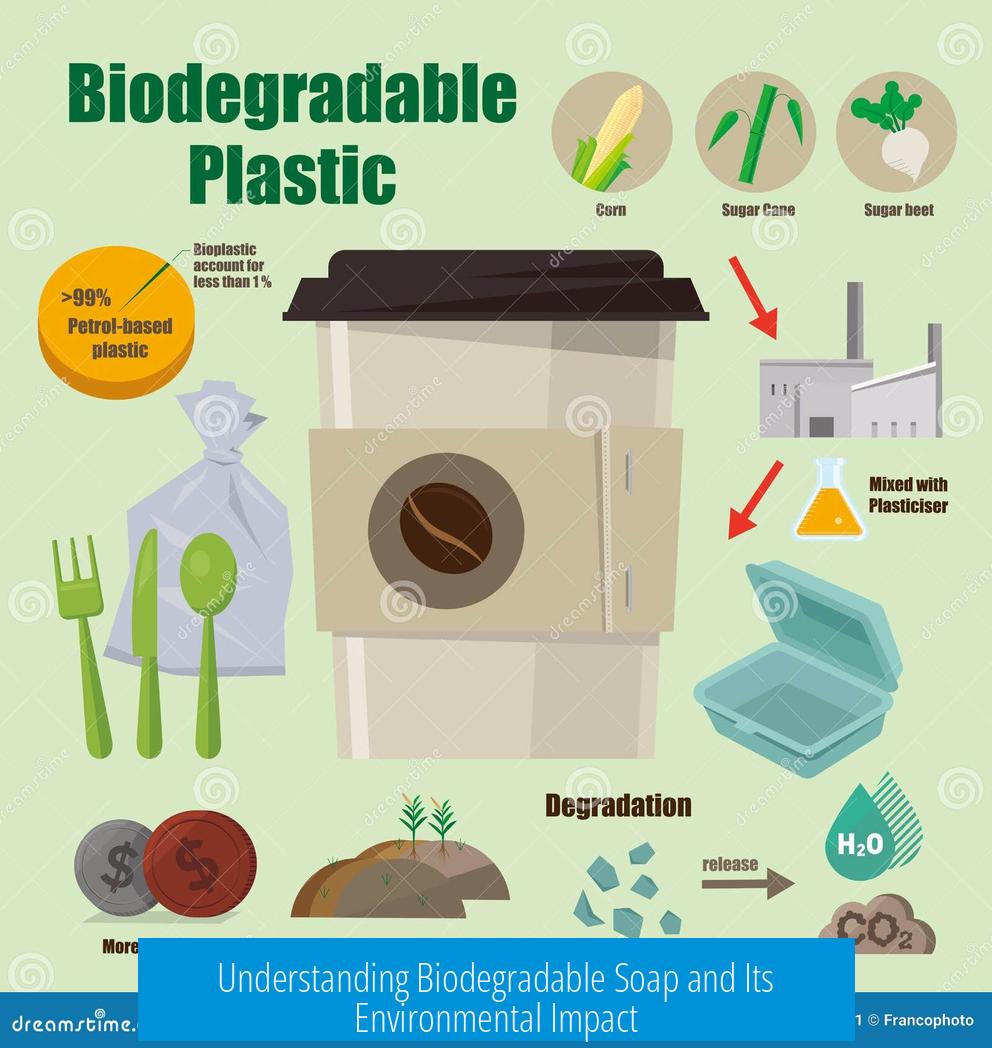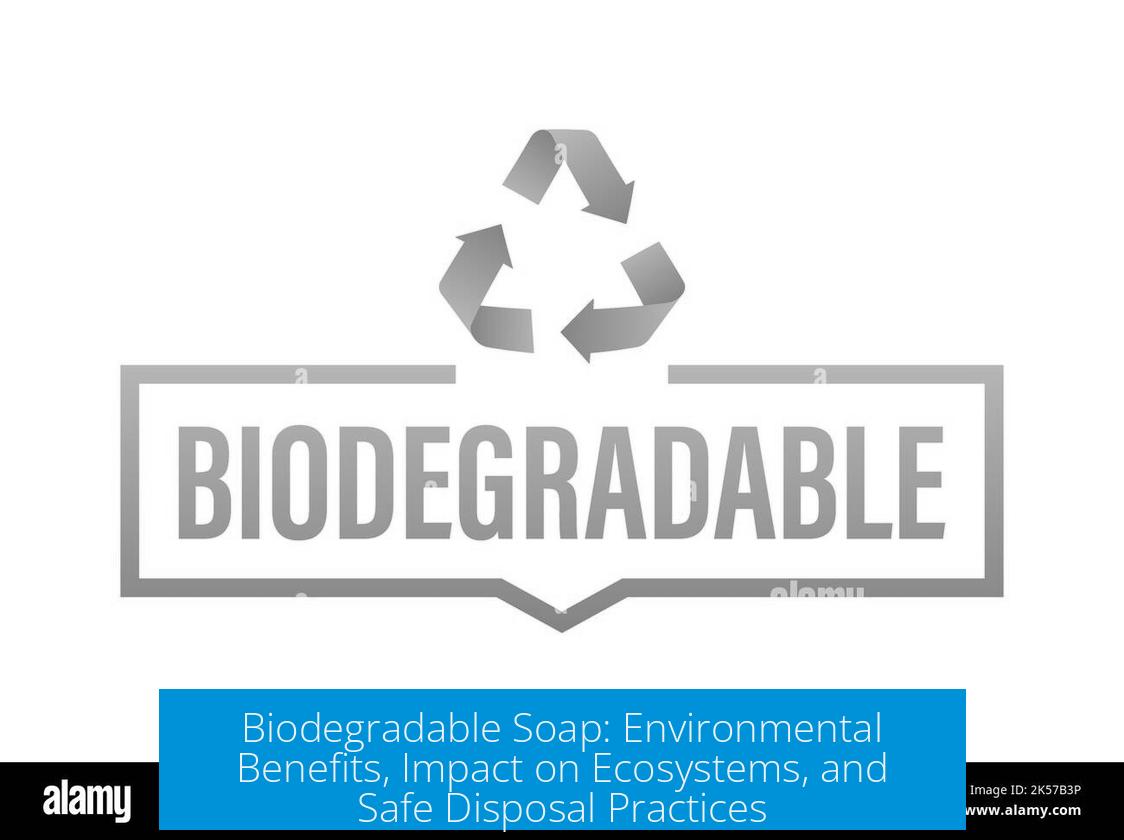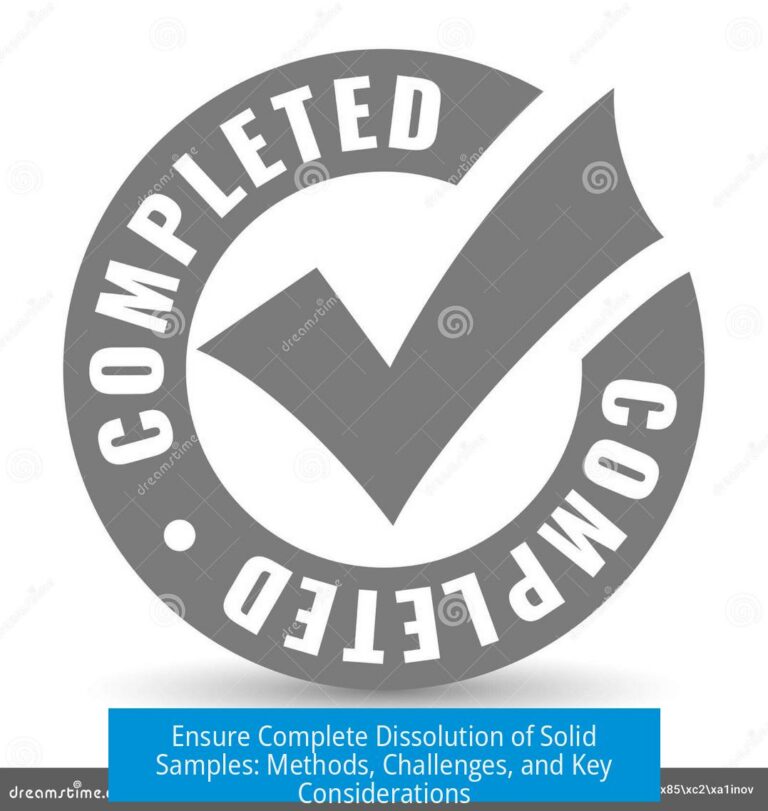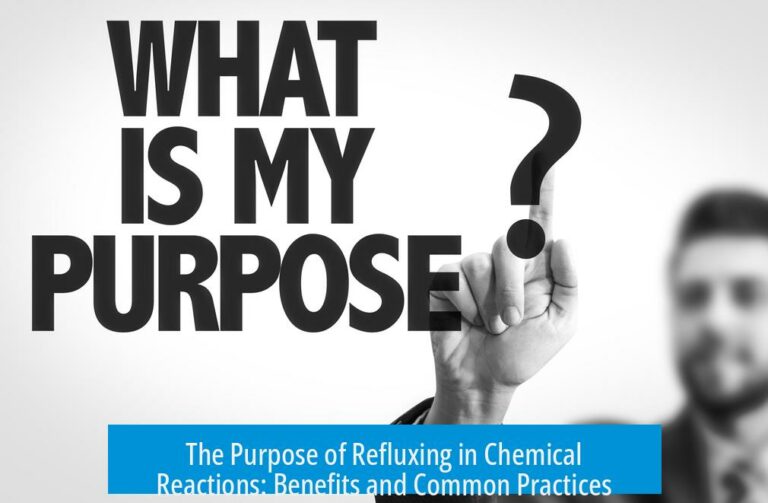Understanding Biodegradable Soap and Its Environmental Impact

Biodegradable soap refers to a soap that can be broken down naturally by microorganisms over time, reducing its persistence in the environment. However, biodegradability alone does not guarantee that the soap is environmentally harmless. Many soaps, while biodegrading according to standards, can still pose toxicity risks, especially in higher concentrations. These effects can harm aquatic ecosystems and the delicate balance held by microorganisms and insects relying on natural water surface tension.
The Complexity of Biodegradability
Most commercially available soaps meet the minimum legal or regulatory definitions of biodegradability. Yet, this designation only means the soap breaks down eventually. It does not reflect the rate of degradation or the ecological impact of its chemical composition.
Strong soaps with intense surfactants, especially those used in large amounts, tend to exhibit toxic characteristics harmful to wildlife in aquatic environments. Substances like sodium lauryl sulfate are particularly problematic due to their potent surfactant properties.
Using Environmentally Gentler Soaps
Choosing the Right Soap
- Use soaps branded as “gentle,” such as baby soaps, which are typically formulated to be less harsh and pose fewer ecological risks.
- Avoid soaps containing sulfates; sodium lauryl sulfate and similar chemicals act as strong surfactants that increase environmental hazards.
- Limit the quantity of soap used. Minimal amounts effectively cleanse the skin and reduce environmental discharge.
Natural and Traditional Soap Ingredients
Traditional soap often consists of simple, natural ingredients: lye combined with fats like olive oil or sunflower oil. These soaps lack complex synthetic additives and often exclude artificial colors and fragrances.
Natural scents derived from essential oils offer an alternative to synthetic fragrances, which can introduce additional environmental toxins.
Historical anecdotes suggest soap originated from animal fats combined with natural ash, highlighting the simple origins of biodegradable soap materials.
Alternative Biodegradable Soap Options
One popular environmentally friendly option is fragrance-free liquid Castile soap. Known for its purity and multiple applications, Castile soap often functions as an all-in-one product capable of fulfilling diverse cleaning needs with fewer chemicals.
Impact of Soap Use in Wilderness and Aquatic Ecosystems
Minimizing Ecological Harm in Outdoor Use
For wilderness use, carrying a “strong” soap improves efficiency by reducing the mass needed while still achieving effective cleaning.
However, disposal and drainage of soap near or into waterways remain a critical concern due to potential contamination.
Effects on Water Surface Tension and Aquatic Life
Soaps reduce water’s surface tension, which significantly impacts insects and microorganisms relying on this physical property for survival.
- Reduced surface tension collapses air bubbles and disrupts insect waxy coatings.
- Spoiling hydrophobic interactions causes water to enter insect breathing pores, leading to drowning.
- Microscopic aquatic fungi, microbes, and other organisms suffer similar ecosystem damages, perturbing biodiversity.
Reduction in microhabitats caused by soap pollution can lead to imbalances affecting food webs and water quality.
Safe Disposal Practices
Soap discarded into septic tanks or buried away from water sources generally poses minimal environmental risk, as microbes in these systems further break down residues.
Phosphates in Soaps and Historical Context
Phosphates, once common components in surfactants, are now largely absent from modern soaps.
Phosphates introduced excessive nutrients into water bodies, fueling algal blooms and eutrophication. This process depleted dissolved oxygen, leading to fish kills and degraded aquatic habitats.
Current regulations restrict phosphate content in detergents, improving aquatic ecosystem health and reducing pollution.
Summary of Key Points
- Biodegradable does not mean environmentally safe; many soaps still harm aquatic life through toxicity and surface tension disruption.
- Gentle, sulfate-free soaps with minimal use reduce ecological hazard.
- Traditional, natural ingredient soaps avoid synthetic colors and fragrances, limiting environmental toxins.
- Fragrance-free Castile soap offers a versatile, low-impact cleaning solution.
- Soap in waterways damages insect respiration and microscopic ecosystems by lowering surface tension.
- Proper disposal—such as septic or burial—is necessary to avoid water contamination.
- Phosphate surfactants are largely phased out due to their role in eutrophication.
What makes a soap truly biodegradable and safe for the environment?
Most soaps meet biodegradability standards but can still harm ecosystems, especially at high concentrations. True safety means minimal toxicity and low impact on water and wildlife.
Why should I avoid soaps with sulfates for environmental reasons?
Sulfates like sodium lauryl sulfate are strong surfactants. They increase environmental harm by damaging insect coatings and disrupting aquatic ecosystems.
What kind of soap ingredients are better for nature?
Natural fats like olive or sunflower oils, and simple ingredients without artificial colors or fragrances, break down more safely in nature.
How does soap affect waterways and aquatic life?
Soap lowers water surface tension, harming insects and microbes that rely on it for breathing and protection. This disrupts aquatic ecosystems.
Are there better soap choices for outdoor or wilderness use?
Use the gentlest, smallest amount of soap possible. Fragrance-free liquid castile soap is a popular multi-use option that reduces environmental impact.





Leave a Comment